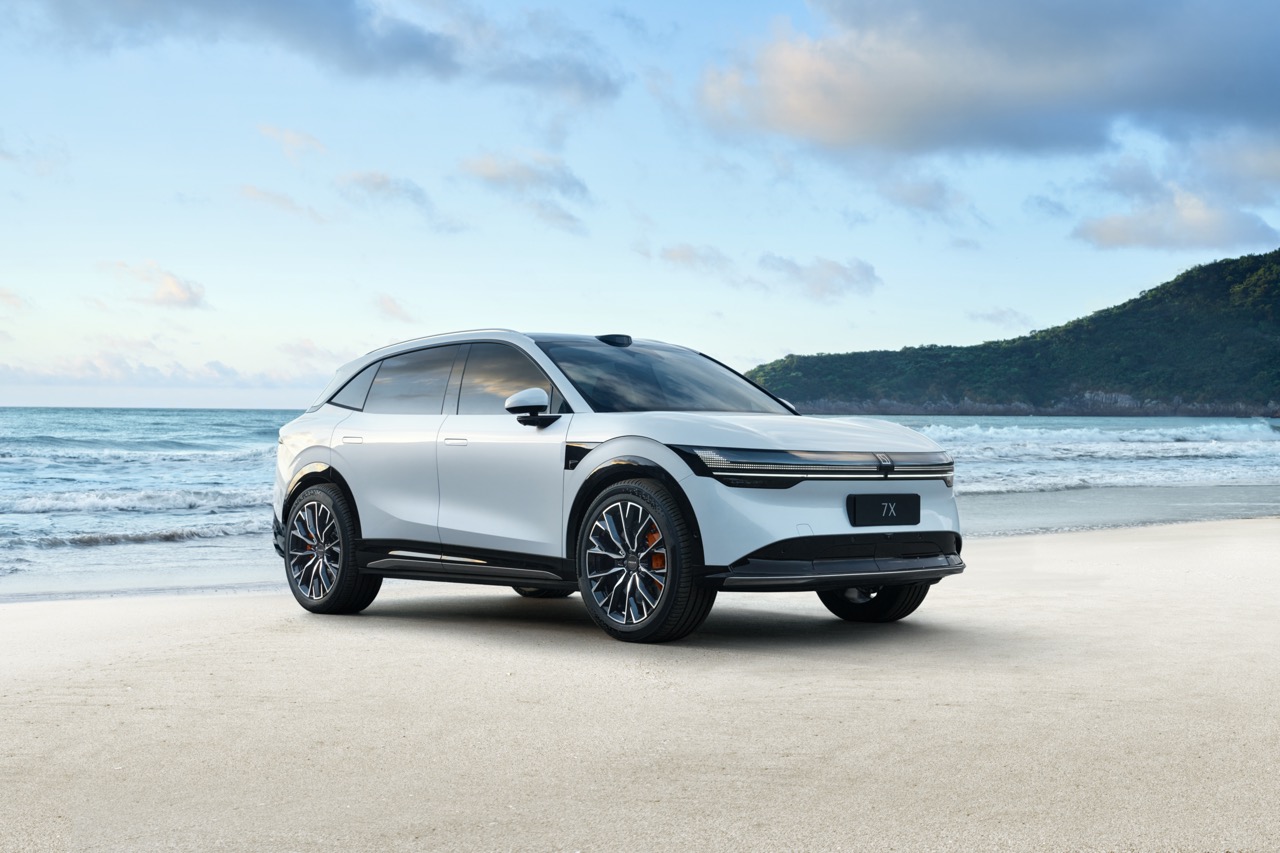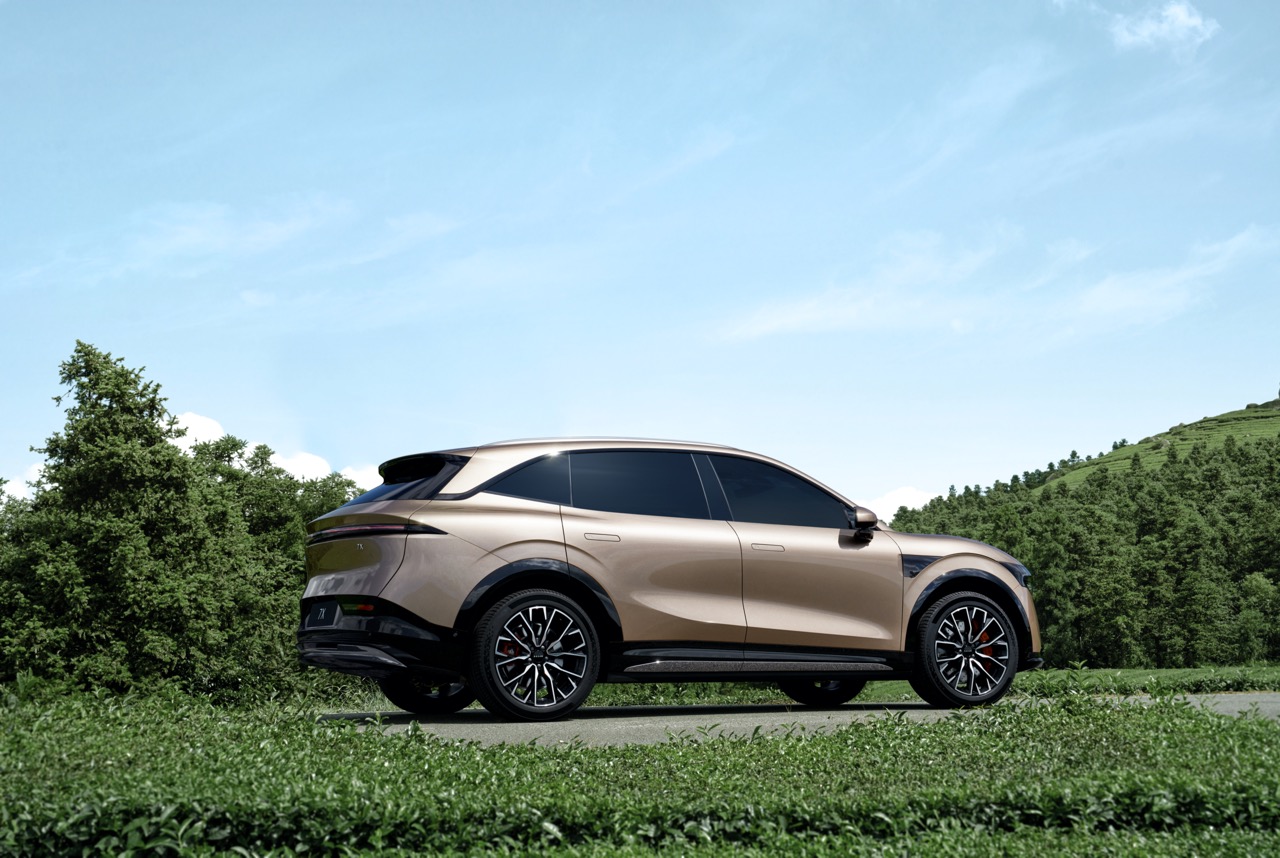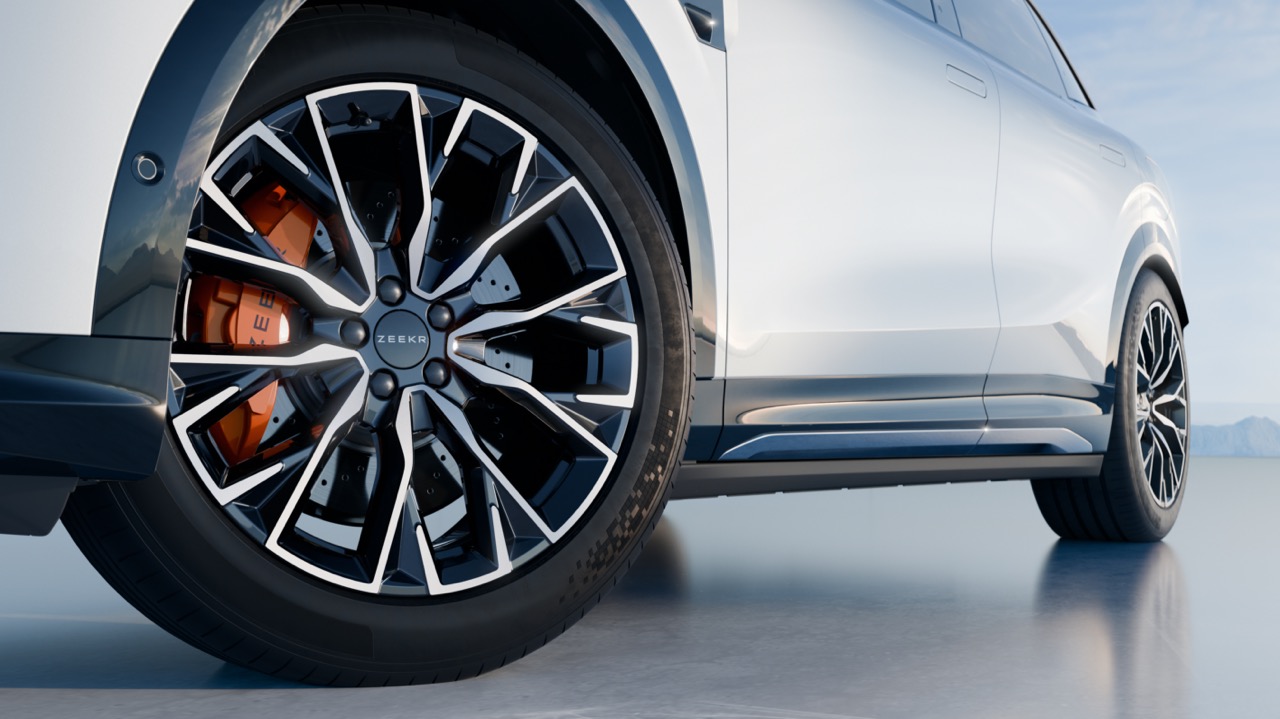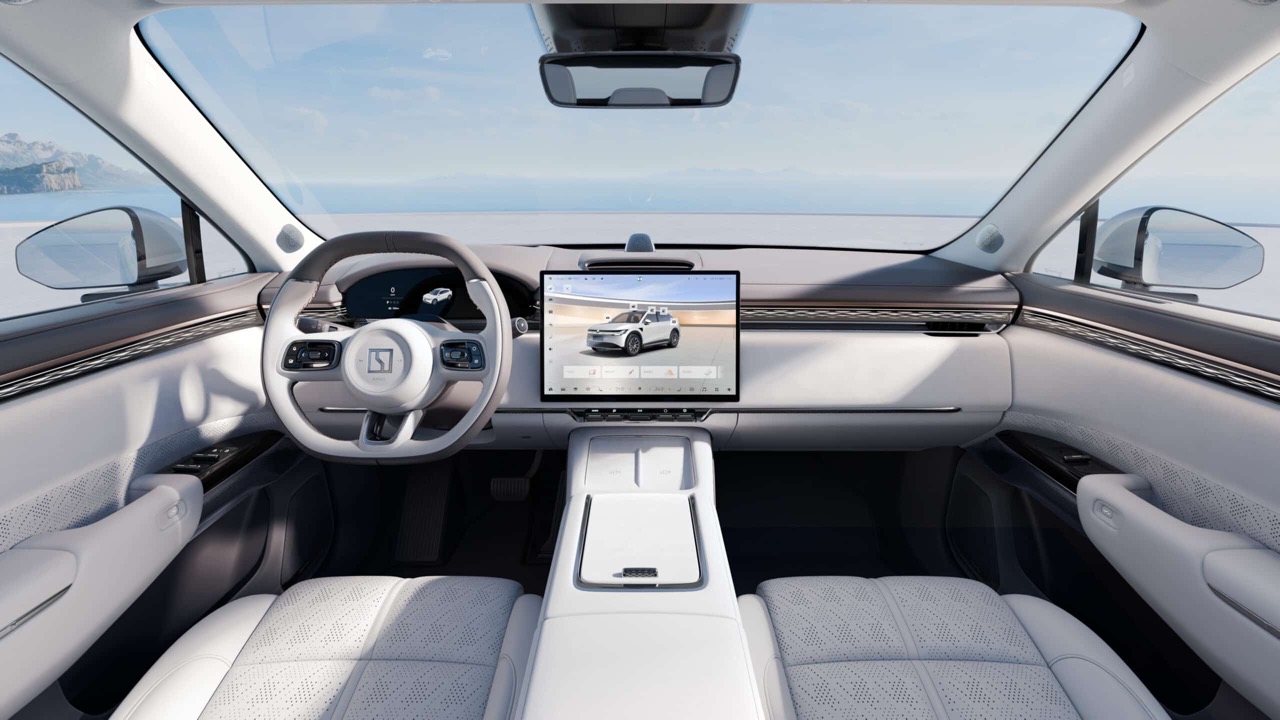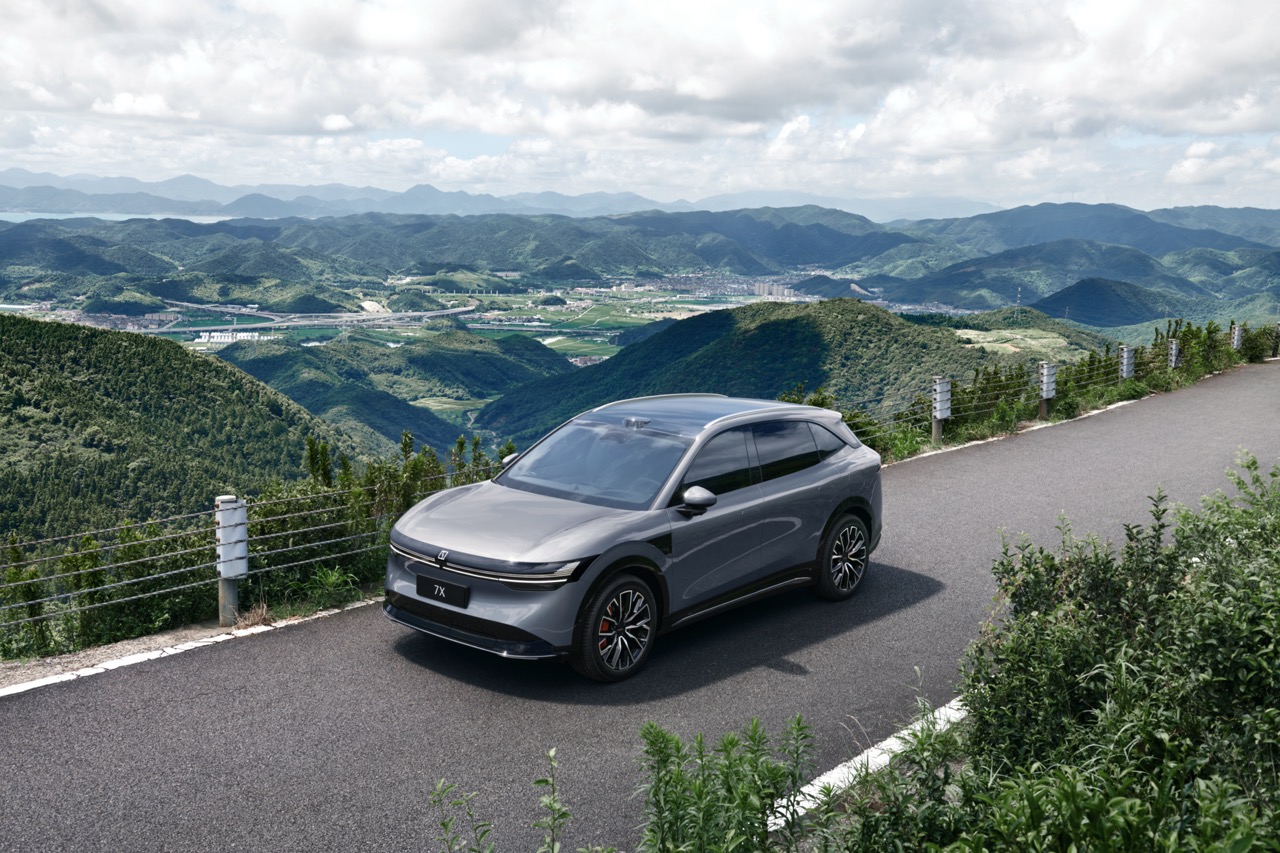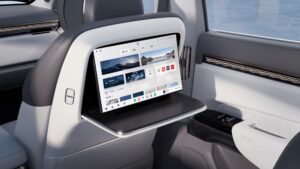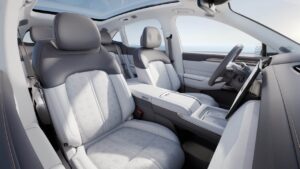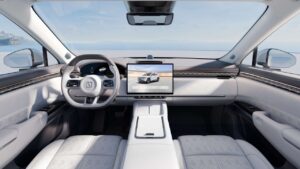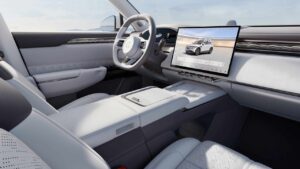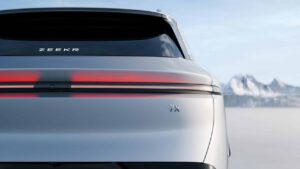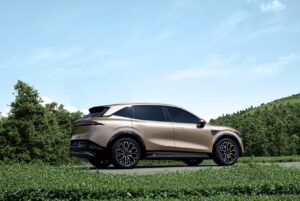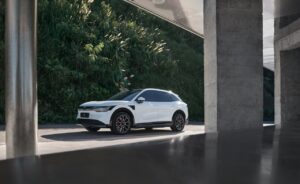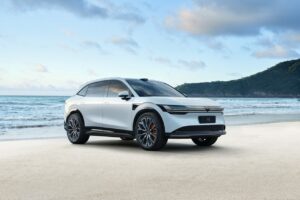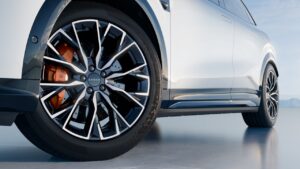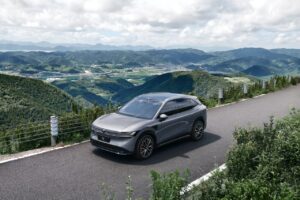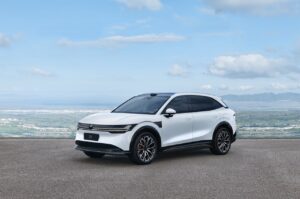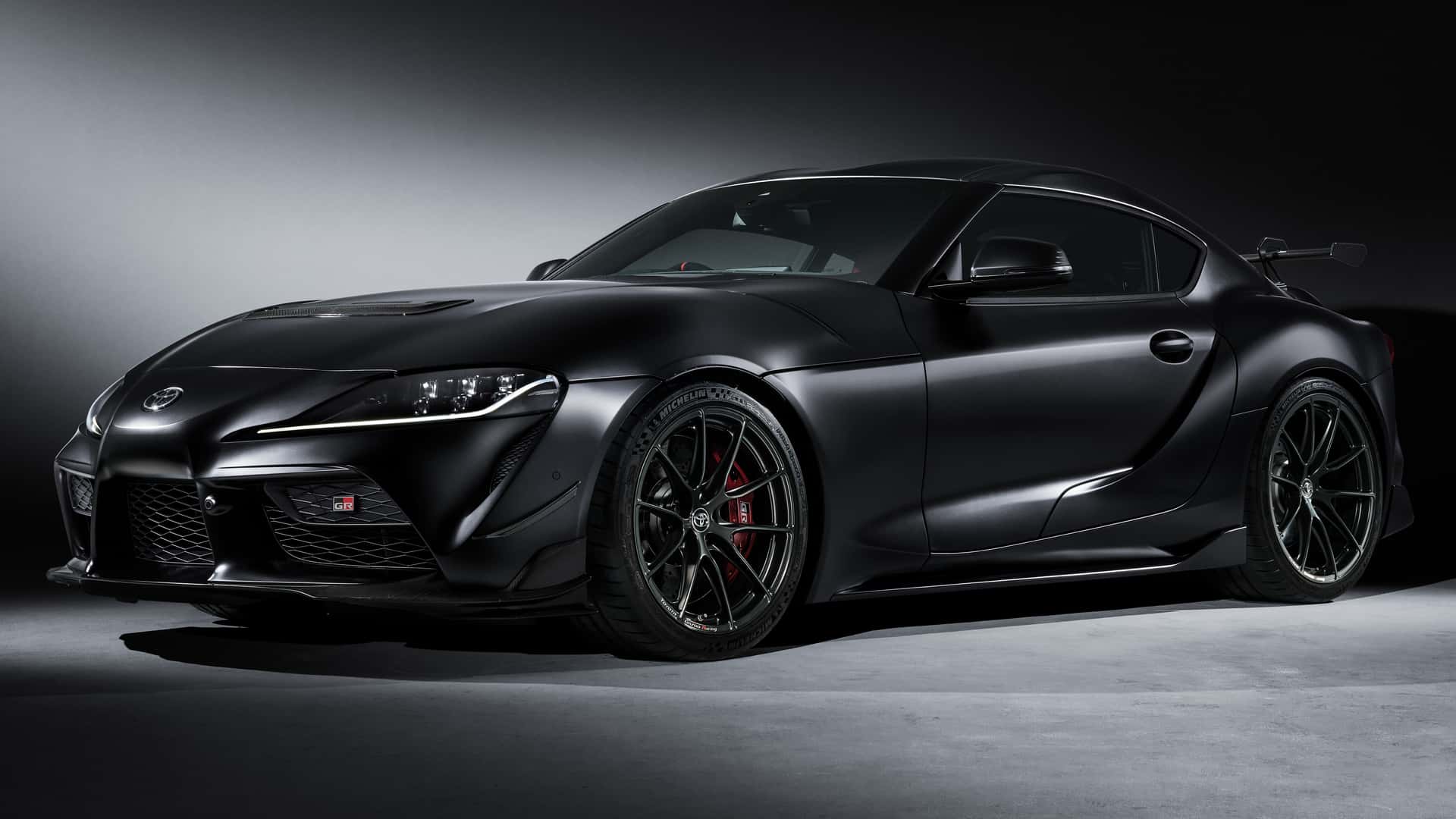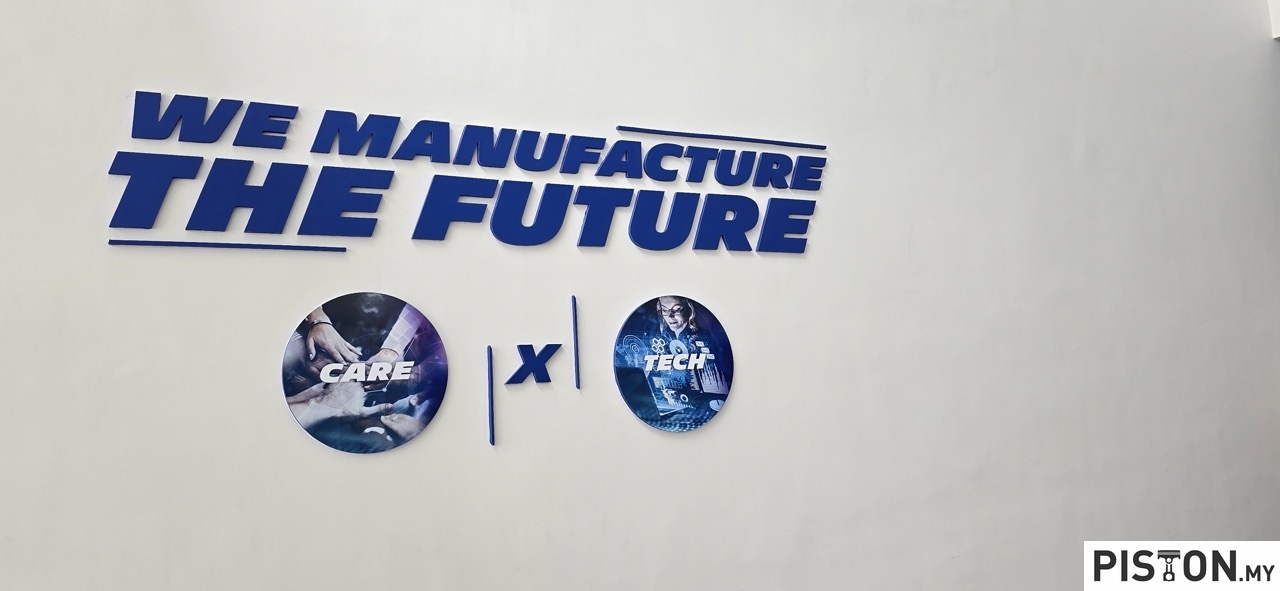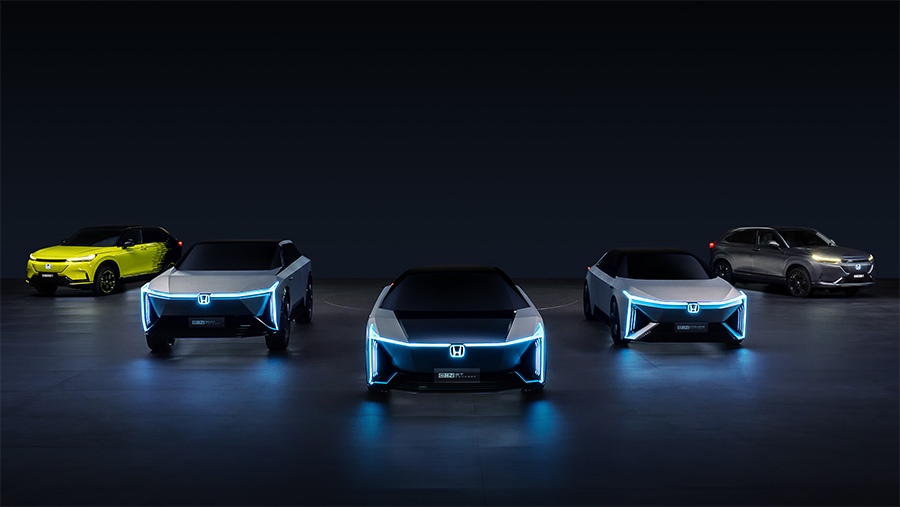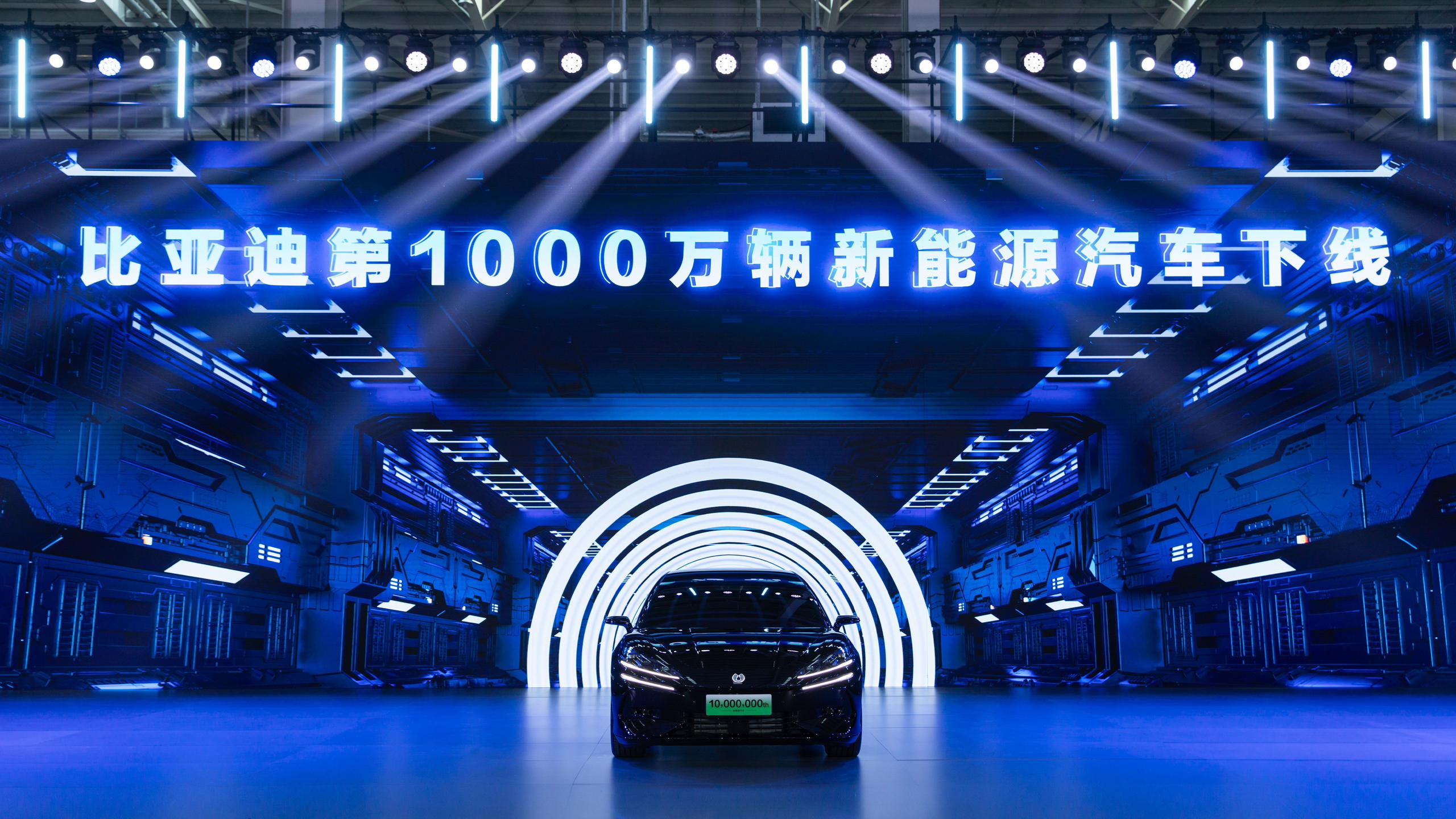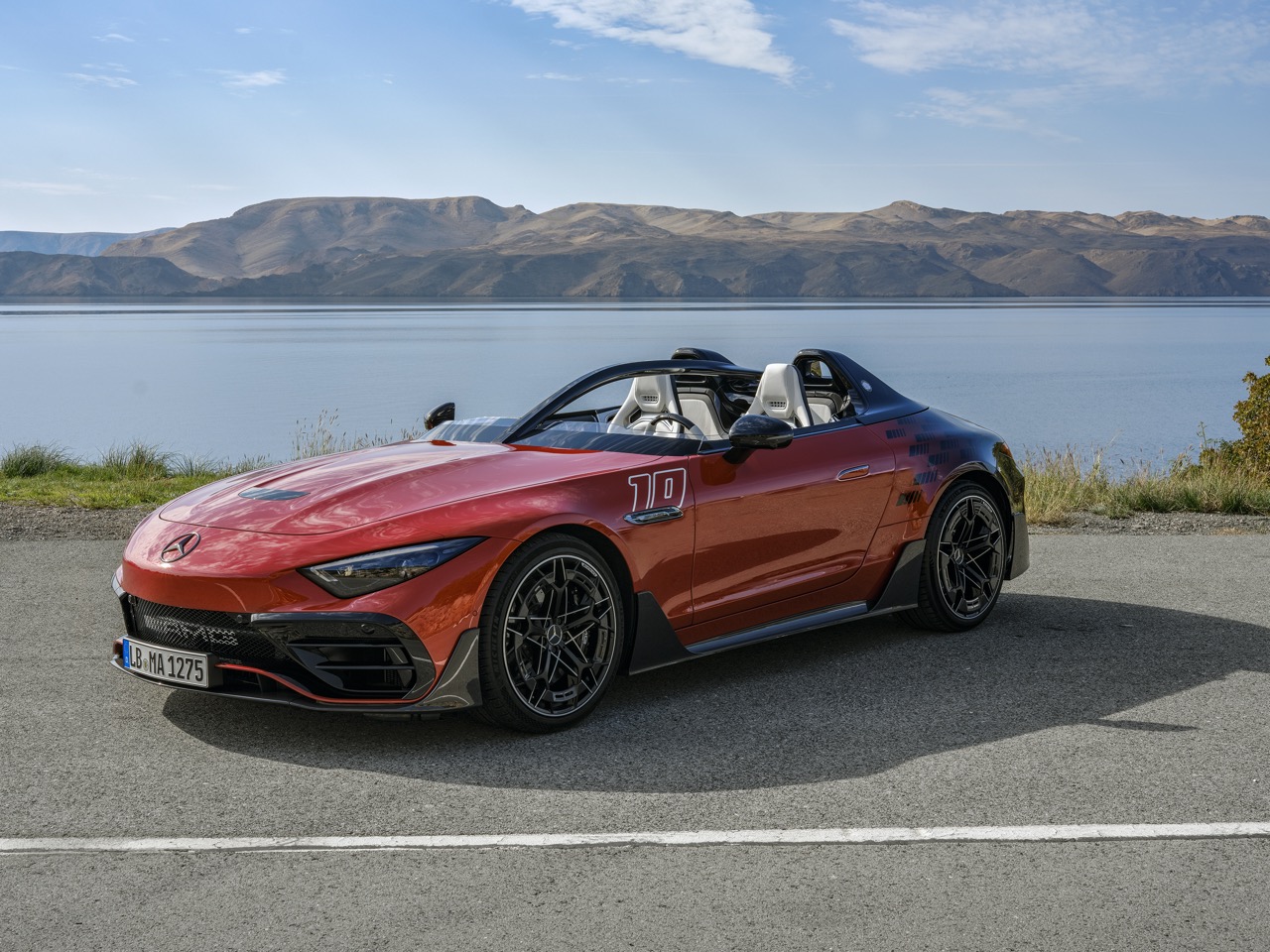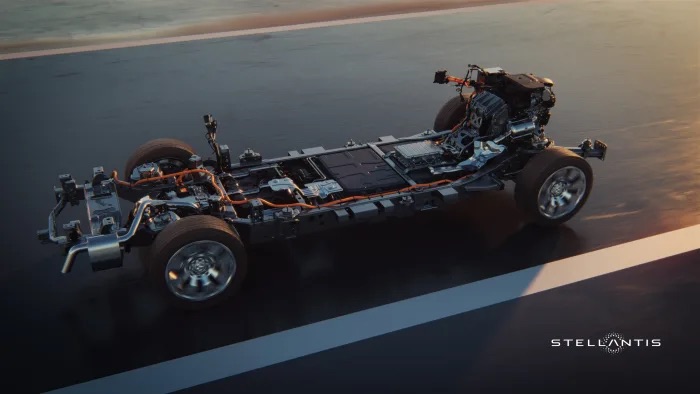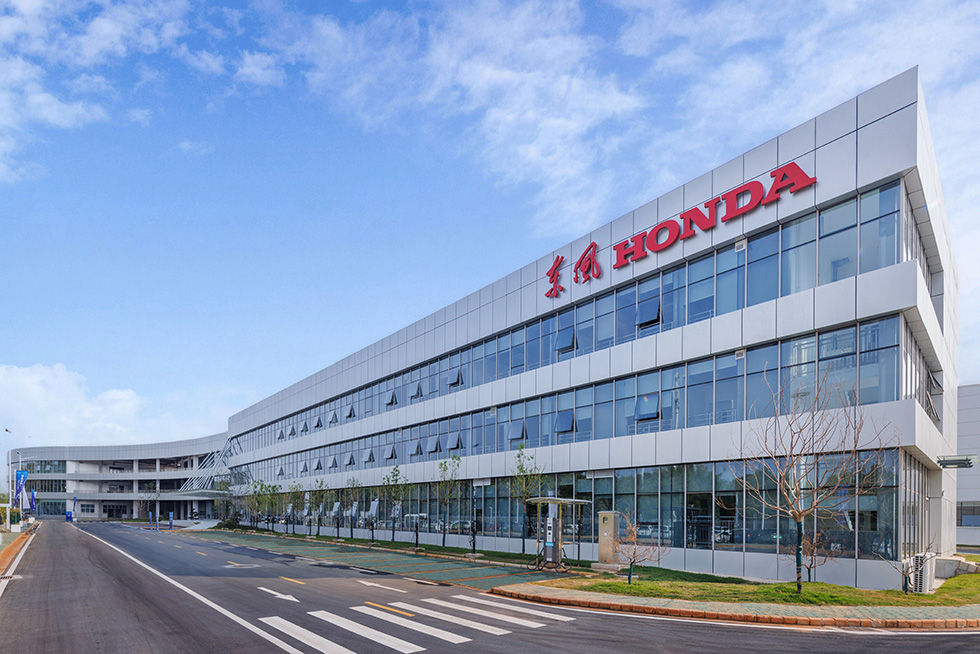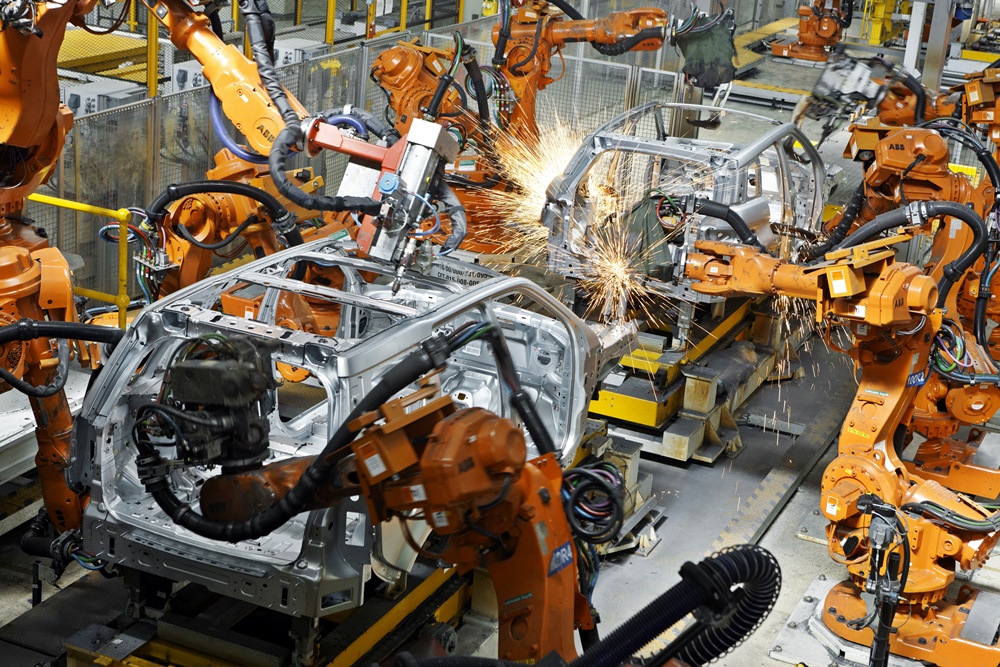The Zeekr 7X made its anticipated debut at the Chengdu Auto Show on August 30, marking the latest innovation in Zeekr’s electric vehicle (EV) lineup. Set for deliveries in China by the end of September, with international shipments within a year, the 7X is designed with a global audience in mind.
The 7X is a midsize electric SUV built on Geely’s Sustainable Experience Architecture (SEA) platform, utilising advanced 800V architecture. It measures 4,825 mm in length, 1,930 mm in width, and features a wheelbase of 2,925 mm, slightly bigger than a Honda CR-V, with a curb weight ranging from 2,298 to 2,475 kg.
The SUV’s design follows Zeekr’s “Hidden Energy” language, showcasing features like the Zeekr Stargate interactive LCD display at the front, and a through-type tail light at the rear. It is available in four exterior colours: Arctic White, Dawn Brown, Nightfall Gray, and Polar Night Black, with options for 19 or 20-inch wheels.
Inside, the Zeekr 7X focuses on family comfort, with 32 storage compartments and 616 litres of trunk space. The cabin features a modern two-screen layout with a floating infotainment screen powered by a Qualcomm Snapdragon 8295 chip and a sleek LCD instrument panel. The SUV also offers a non-opening panoramic roof with an electric blind, and the rear passengers benefit from airline-style tray tables and heated/ventilated seats in higher-spec models.
Performance-wise, the 7X is available in single-motor and dual-motor configurations. The single-motor version boasts a 415hp silicon carbide motor, while the dual-motor version adds a 221hp front motor, enabling 0-100 km/h acceleration in just 3.8 seconds. Both versions use 75 kWh and 100 kWh battery packs, offering ranges of up to 605km and 780km CLTC, respectively.
Notably, the 7X features the world’s fastest-charging battery, the Golden Brick, developed by Geely’s VREMT, allowing a 10-80% charge in just 10.5 minutes. The SUV also includes a comprehensive sensor suite, Lidar, and dual Nvidia Orin X chips, supporting the Haohan intelligent driving 2.0 system. Full door-to-door autonomous driving capability is expected by Q1 2025.




